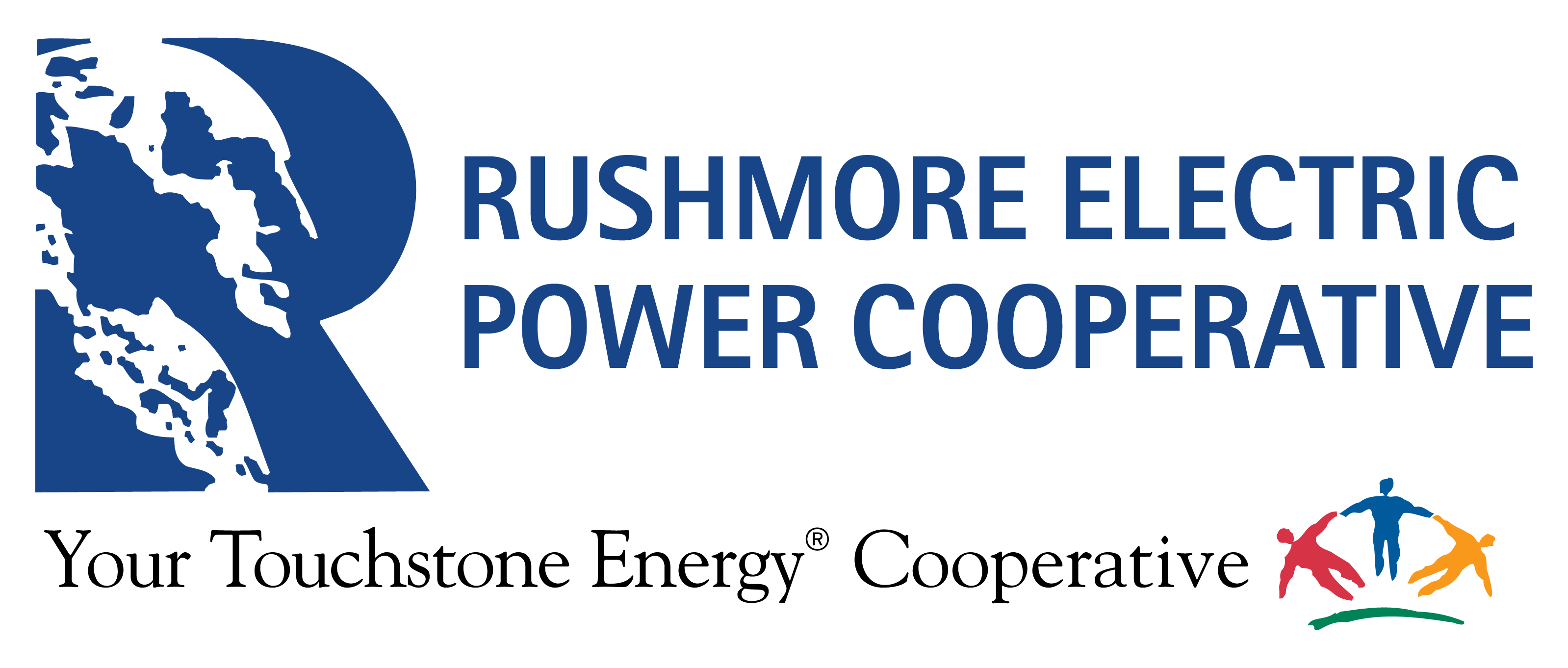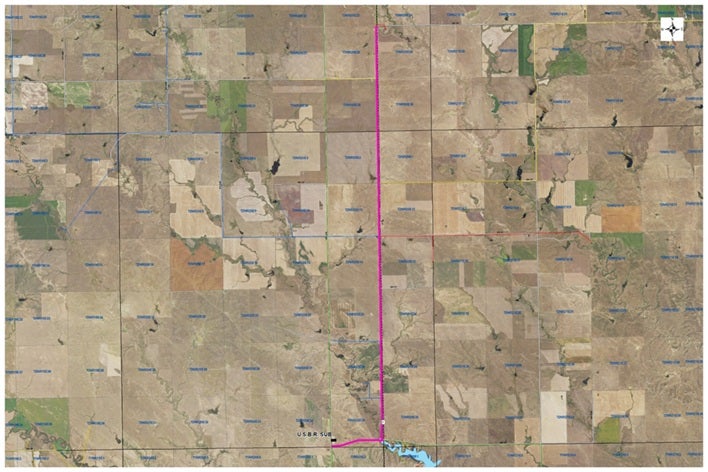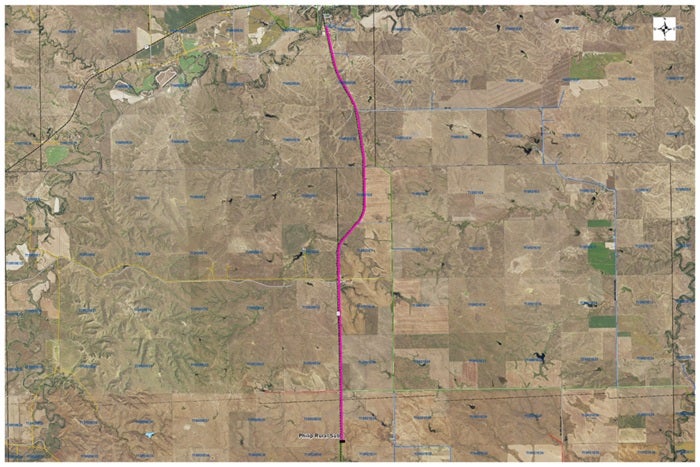The project area is located near Philip, South Dakota, south of US Highway 14. The project would underground 8 miles of line to reduce the risk of wildfire. Approximately 154 power poles would be removed (8 miles, approximately 275 feet between poles). All overhead fuses in these areas would also be removed.
The project's additional work is located 2.5 miles north of Philip, South Dakota. The project would underground 9 miles of line to reduce the risk of wildfire. Approximately 173 power poles would be removed (9 miles, approximately 275 feet between poles). All overhead fuses in these areas would also be removed.
The conversion will enhance system reliability, safety, and aesthetics. The scope of work includes trench excavation, conduit installation, cable pulling, splicing, and termination at designated transformer and service points. Existing poles, the overhead conductor, and associated overhead equipment will be removed upon completion of the underground installation.
The new underground system will maintain the same voltage class and service area while being designed and constructed in accordance with IEEE, RUS, and NESC standards. Protective equipment such as pad-mounted transformers, switchgear, and junction cabinets will be installed to improve reliability, sectionalizing capability, and operational flexibility.
Construction activities will be performed in compliance with utility specifications, applicable environmental regulations, and best management practices to minimize soil disturbance, erosion, and other environmental impacts.
Undergrounding will reduce visual impacts, minimize vegetation clearance needs, and lower environmental disturbance in sensitive habitats. The underground configuration will improve system resilience against wind, ice, and storm-related outages while reducing long-term vegetation management requirements. By eliminating the overhead conductor and removing reclosers and fuses from overhead power lines, the project will significantly reduce the potential for utility-caused wildfire ignition and enhance public safety.
The project will be coordinated with local jurisdictions, agencies, and property owners to minimize disruptions during construction. Upon completion, the underground facilities will undergo inspection, testing, and commissioning to verify compliance with all applicable standards and ensure long-term operational performance.
Per the 2020 United States Census, Philip’s population is 759.


